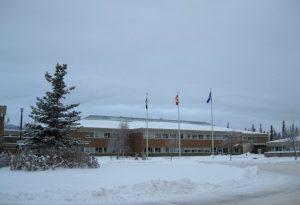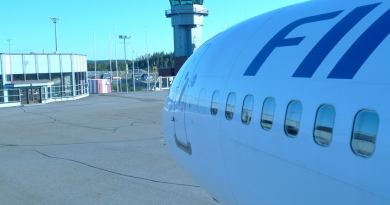“Our climate is changing before our eyes,” says WMO upon release of new report
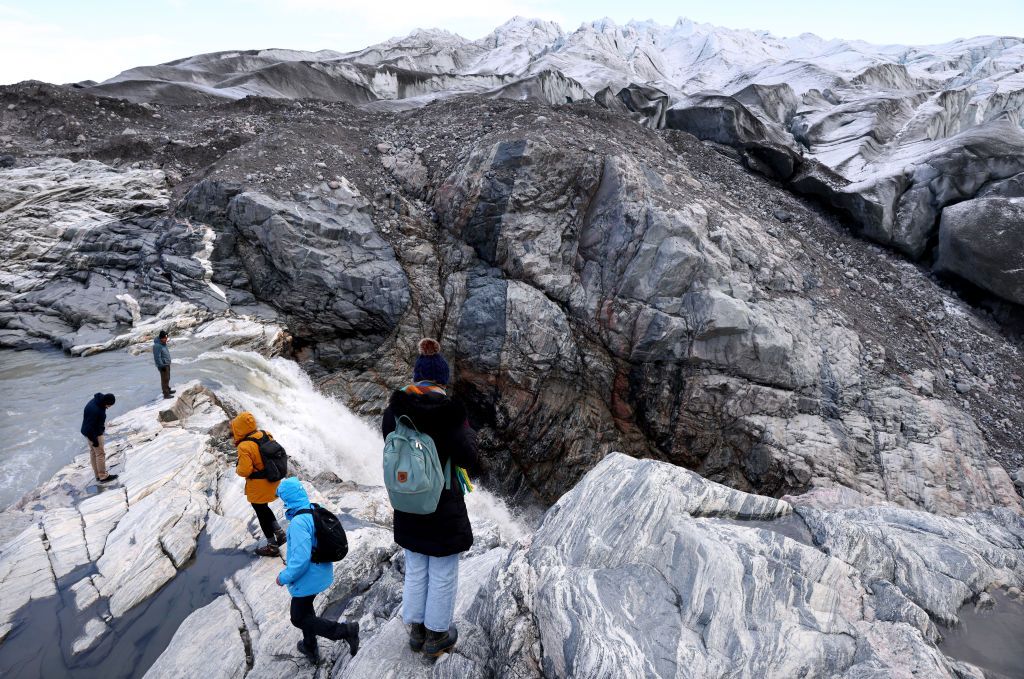
Rain on the Greenland ice sheet in the Arctic and the growing ozone hole over Antarctica were just two of the indicators marking the continued impacts of human activity on the planet, a report released by the World Meteorological Organization said.
“It is just a matter of time before we see another warmest year on record,” WMO Secretary-General Petteri Taalas said on Wednesday when the report was released. “Our climate is changing before our eyes.”
The WMO State of the Global Climate in 2021 report said new records were set when it came to greenhouse gas concentrations, sea level rise, ocean heat and ocean acidification, and that the last seven years were the warmest on record.
“The heat trapped by human-induced greenhouse gases will warm the planet for many generations to come,” Taalas said. “Sea level rise, ocean heat and acidification will continue for hundreds of years unless means to remove carbon from the atmosphere are invented.”

- Global mean sea level has risen 4.5 mm per year on average over the period 2013–2021
- 2015 to 2021 were the seven warmest years on record, with the 2021 global mean temperature 1.11 ± 0.13 °C above the 1850–1900 pre-industrial average
- ocean heat content in 2021 was the highest on record with warming rates particularly strong increase in the past two decades
- greenhouse gas concentrations reached a high in 2020, when the concentration of carbon dioxide (CO2) reached 413.2 parts per million (ppm) globally, or 149% of the pre-industrial level
Source: WMO State of the Global Climate 2021
“Punishing” year for Canada’s glaciers
The year 2020-2021 saw less glacier melt than in recent years, the report said, but described the acceleration of glacier mass loss over decades as still “a clear trend.”
“On average, the reference glaciers have thinned by 33.5 m (ice equivalent) since 1950, with 76% of this thinning (25.5 m) occurring since 1980,” the report said.
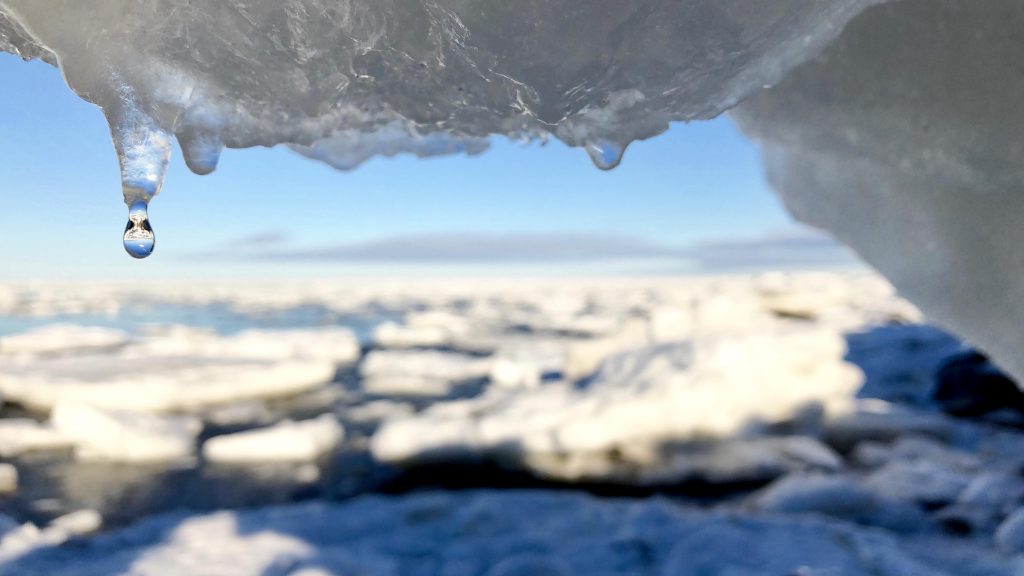
In Canada and the pacific northwest in the United States, record ice mass loss was logged due to fires and heatwaves in June and July, the WMO said.
“An exceptionally warm, dry northern hemisphere summer in 2021 exacerbated mass loss for most glaciers in Alberta and southern British Columbia in Canada, and the Pacific Northwest of the United States of America,” the report said.
“In the Coast Mountains of British Columbia, Place and Helm Glaciers lost more mass during the period 2020–2021 than in any year since measurements began in 1965.”
Rain on Greenland ice sheet
Meanwhile, rain was recorded at Summit Station on the Greenland Ice Sheet for the first time.
“On 14 August, rain was observed for several hours at Summit Station, the highest point on the Greenland ice sheet (3 216 m), and air temperatures remained above freezing for about nine hours,” the report said. “There is no previous report of rainfall at Summit, and this is the latest date in the year that above-freezing temperatures have been recorded at this location.”
The WMO’s Petteri Taalas warned glacier melt would have implications for the entire planet.
“Some glaciers have reached the point of no return and this will have long-term repercussions in a world in which more than 2 billion people already experience water stress,” he said.
Ozone hole over Antarctica
The WMO said despite the 1989 Montreal Protocol that phased out substances like halons and chlorofluorocarbons dangerous to the ozone layer, levels of these materials remain in the atmosphere.
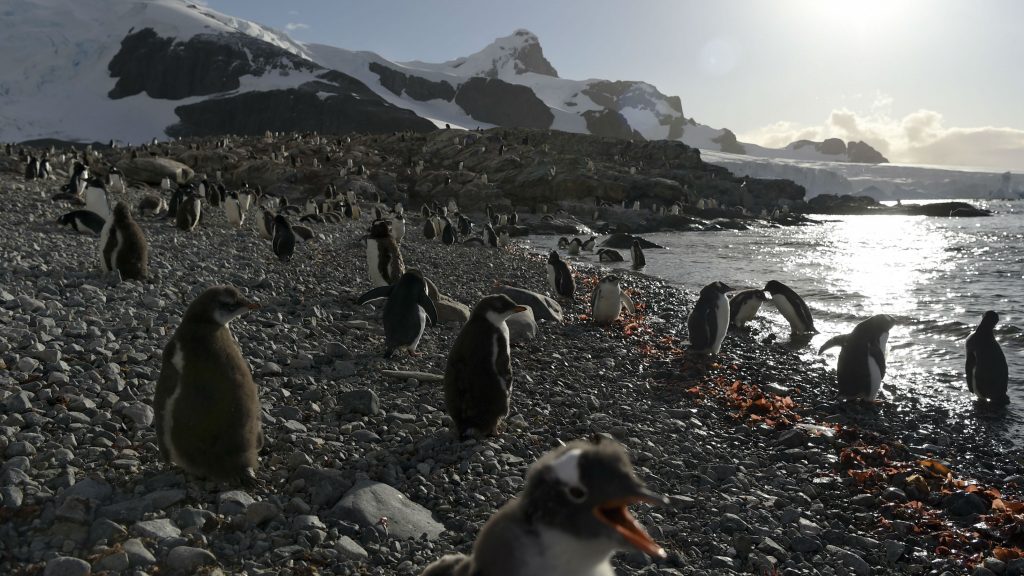
The report described the ozone hole over Antarctica in 2021 as “… larger and deeper than 70 per cent of the ozone holes since 1979…” It reached 24 million km2 on September 24 and stayed approximately the same size until mid-October.
“Even if there were no new emissions, there is still more than enough chlorine and bromine present to cause the complete destruction of ozone over Antarctica from August to December,” the report said.
“As a result, the formation of the Antarctic ozone hole – an area of low ozone concentration – continues to be an annual spring event, with the year-to-year variation in its size and depth governed to a large degree by meteorological conditions.”
The WMO global climate report is released annually and is put together with information from institutions, UN agencies, weather and meteorological services and climate research centres around the the world.
Write to Eilís Quinn at eilis.quinn(at)cbc.ca
Related stories from around the North:
Canada: Canada releases plan for a 40 per cent cut in carbon emissions by 2030, CBC News
Finland: The world could transition entirely to cheap, safe renewable energy before 2050: Finnish study, Yle News
Greenland: Melting of Greenland glacier generating its own heat and accelerating thaw from base, says study, Eye on the Arctic
Norway: Will the green transition be the new economic motor in the Arctic?, Eye on the Arctic
Sweden: Sweden’s climate policies closer to reaching goals, Radio Sweden


